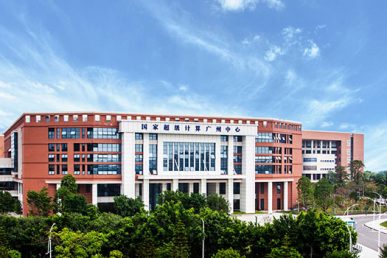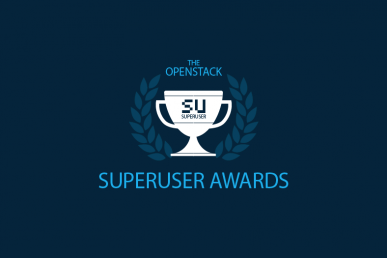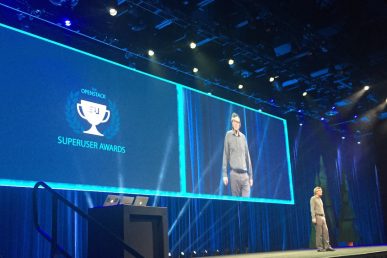This year, the OpenStack Foundation has instituted a new community voting process to determine the winner of the Superuser Award that will be presented at the OpenStack Vancouver Summit. Based on nominations received, the Superuser Editorial Advisory Board conducted the first round of judging and narrowed the pool to a group of four finalists.
Now, it’s your turn.
The National Supercomputer Center in Guangzhou is among the four finalists for the Superuser Award. Review the nomination criteria below, check out the other nominees, and cast your vote.
Team and organization for nomination:
Organization: National Supercomputer Center in Guangzhou (NSCC-GZ), China.
In what industry is your organization?
Government/Academic/Research
What kinds of applications are you building or running on your OpenStack cloud?
We are using OpenStack to manage tens of thousands of nodes in a unified framework on a supercomputer located in the National Supercomputer Center in Guangzhou (NSCC-GZ), China. There are two kinds of applications running on the cloud now: High Performance Computing (HPC) applications and non-HPC applications. The latter one includes e-government, education, rendering, big data processing, resource leasing and many other different applications.
What is the scale of your OpenStack deployment?
12,800 nodes (usually 6,400 for HPC and 6400 for non-HPC), six major applications including hundreds of specific tasks, and more than 800 users.
Please note that in our deployment, the numbers of users and virtual machines (VMs) are dynamic since, for example, the HPC users and rendering user can apply different scales of VM clusters according to their applications to save on cost. Also, the role of a node can change between HPC and non-HPC dynamically since we can schedule them in a unified framework.
How has OpenStack provided your organization with a competitive advantage in the market?
As a supercomputer center, there are two important aspects to consider during operation: supporting various applications for different users and making best use of the big system. With the help of OpenStack, we can extend the service from HPC to non-HPC applications, as well as schedule the overall resource more efficiently. This makes NSCC-GZ more competitive.
How has OpenStack transformed your business?
NSCC-GZ is becoming a public information infrastructure in southern China — more and more users are moving their applications to it. Moreover, the dynamic resource requirements can be met in real time and the provision time can be reduced roughly 20 percent thanks to the unified scheduling framework.
Describe how your deployment has grown and evolved.
We started the deployment of OpenStack in June, 2013 with 256 nodes. In the end of October, 2013, we scaled it to nearly 1,024 nodes. During that period, lots of performance optimization was implemented, including the architecture, storage, database and message queue. From December of 2013, we started to work with different users on moving their applications to the cloud. The maximum number of VMs of single users reached 2,000 in July, 2014. At the same time, the maximum number of nodes reached 6,400. From September 2014, we started to employ container-based solutions to integrate scheduling of HPC nodes. The current total nodes managed by OpenStack is about 12,800.
What does the OpenStack community mean to you and how have you given back?
Our team members actively participate in the community. Our code contribution was ranked as twenty second in the Juno cycle, counted by commits. We joined the discussions in mailing lists and actively reported bugs. A member of our team is currently a core reviewer of Rally. We have participated in Summits since November 2013 and have attended many OpenStack meetups in China.
If you think the National Supercomputer Center in Guangzhou should be crowned the next Superuser Award recipient, cast your vote here!
You can check out more information on each of the Vancouver Superuser Awards finalists here. Voting is limited to one ballot per person, and closes on Monday, May 4th at 11:59 p.m. Central Time Zone.
- Exploring the Open Infrastructure Blueprint: Huawei Dual Engine - September 25, 2024
- Open Infrastructure Blueprint: Atmosphere Deep Dive - September 18, 2024
- Datacomm’s Success Story: Launching A New Data Center Seamlessly With FishOS - September 12, 2024

)










